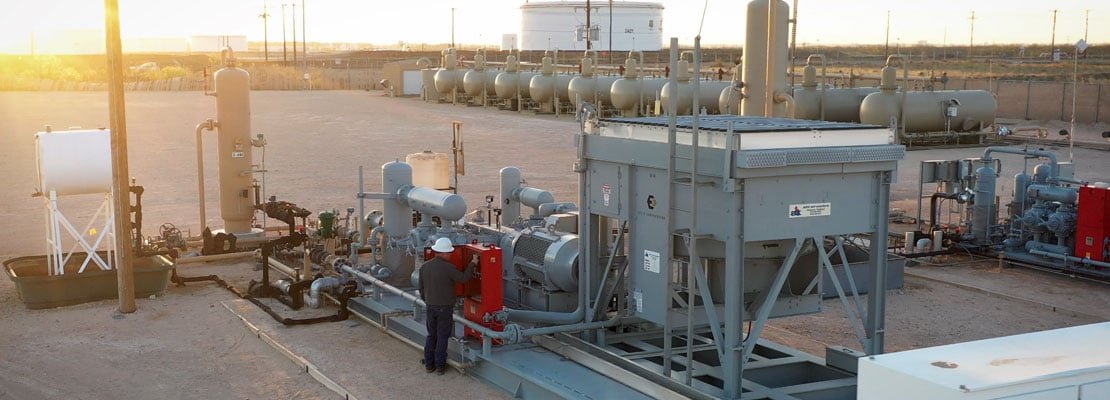Estis University:1001 Unit Commissioning

1001 Unit Commissioning
Commissioning of the unit starts when the unit is offloaded from the transport truck onto the location. Estis personnel should be on site to inspect the condition of the unit and to witness the offloading (setting) of the unit. Documentation of the condition of the unit is to be made. Estis has several very good documents where the commissioning information can be recorded. This is step one of commissioning.
Proper positioning of the unit on the foundation is very important. Leveling of the unit is performed at this point by placing a good quality level on the lid of the compressor frame.
The next step in commissioning is to bring the engine crankshaft and the compressor crankshaft into alignment. This can be accomplished with the use of dial indicators or a laser alignment instrument. A compressor frame with an attached shaft will be the training ground that is used in the classroom to teach both methods of alignment.
The Training Center has a complete and runnable unit that will be used for the next steps of commissioning. Many think that once the coupling alignment is checked that the commissioning process is through. NOT SO!!! From here the class will teach how to perform soft foot checks and rod run out. These two procedures determine if the unit has undergone twisting or bending that can cause much damage to the bearings, crossheads, rods and compressor pistons.
The final steps of commissioning are performed after fuel has been hooked up to the unit. The unit can now be started and run so that all the mechanical systems and fluid levels can be verified. The oil and the coolant must be checked to insure that they are the correct fluids for this model unit.
The fuel composition can be entered as part of the Startup procedure.
Training Modules
- » Estis University Overview
- » 1001 Unit Commissioning
- » 1011 Preventative Maintenance
- » 1021 Panel Board Function
- » 1031 Repairs
- » 1041 Emissions
- » 1051 24 Volt Electric
- » 1061 VFD & Electric Drive Operations
- » 1071 Special Request Training
- » 1081 Compressor Valves
- » 2001 Electrical Safety - NFPA 70E